Located between Boulevard Magenta and the Canal St Martin, Maison Poursin has existed since 1830. It is the oldest Parisian factory still in activity, specializing in creations of brass fittings and copperware.
The last French buckle, it is used in luxury leather goods, the Republican Guard, the Cadre Noir de Saumur and other institutions around the world. Since its creation, it has transformed brass wire into buckles and other harnesses for the equestrian world. Having become essential in its field, it has had its ups and downs but remains « THE » most popular hardware manufacturer. At Poursin, each piece is unique.
The beginnings
The Poursin house already existed in 1830. Today, it is one of the oldest workshops in operation in Paris. In 1891 she moved to rue des Vinaigriers (75010) and settled there until now.
In 1830, Mr Leclerc became the owner of the harness fittings factory. Specialized in the production of castings for harnesses and the equestrian world, it equips horses, stagecoaches and coaches. At that time, the houses Hermès and Vuitton did not yet exist.
Four generations in over a century
In 1896, Simon Poursin became his partner and then sole owner in 1907. Very quickly, the House became essential thanks to its reputation. During various world exhibitions (1880 and 1914), articles cast for saddlery and harnesses receive prizes.
During the « Great War », it provided the material necessary for harnessing the horses used for reconnaissance and traction. With the advent of the automobile and the virtual disappearance of horse-drawn vehicles, the company changed direction and specialized in the production of parts for high-end leather goods. The equestrian world and its traditions inspire buckles, rings, fittings…) This will become its main activity. This is also the moment when the functional and ornamental brass buckle appears.
Leather goods become the new activity
In 1952, the equipment for the horse completely disappeared. That year, André Poursin succeeded his father and undertook a progressive modernization continued by his son Jacques as soon as he was taken over in 1969. In the years 70-80, Poursin was a privileged partner of luxury leather goods thanks to his creations and the confidence of its international clients. All the big names in Haute Couture have come through the store’s doorstep, starting with Chanel, Dior, Yves St Laurent, etc … The solidity of the coupling parts, associated with the subtlety of the fashion accessory, can be found in the brass models intended for bags.
In 1981, Jacques Poursin associated his 2 sons, Olivier and Jean-Marc, in the activity of the company which has seen 4 successive generations. Thanks to the return of the leisure team, Poursin resumes its production according to ancestral models with more efficient means but always in the purest respect of a unique know-how and quality traditions which make the notoriety of the House.
The 2000s
Unfortunately, in 2016, the company was on the verge of bankruptcy. Karl Lemaire, fervent defender of made in France saves the Parisian house and the 60,000 references in its catalog at the last minute. Before that, he had taken over the company of G. Daudé, inventor of the metal eyelet, rivet and press stud. Thanks to him, the staff, the brand, the workshop and the machines have remained in their Parisian cradle, committing themselves to the Poursin brothers to keep this heritage alive as it is.
The shop
Behind its blue facade, the store hides treasures with its iron cabinets, lockers and drawers filled with thousands of buckles, snap hooks, rivets and other brass parts for traditional leather goods and harnesses. There is even a small museum of old pieces designed for the team and the equestrian world, grouped together in a display case.
A Republican Guard outfit sits at the entrance to the corridor that leads to the workshop. All along, oak lockers and drawers filled with accessories and ornaments.
The workshop
Back to the 19th century for this workshop which is held under a glass roof. There is a clock and old tool machines used by experienced workers.
We discover old Crimar presses as well as 2 U.S. The Baird machines, witnesses of the Great War. Put on sale in 1919 by the Americans, they were used to manufacture their own equipment. Acquired by Maison Poursin, maintained and regularly greased, these museum pieces could be put back into service if necessary.
The various finishing operations are carried out by hand after bending brass wires, stamping, assembly and silver welding.
Upstairs, a collection of dies, cookie cutters, cast iron molds, initial plaques, old posters and archive documents as well as registers bearing the signatures of the greatest French couturiers.
There is no digital, everything is made in the old fashioned way thanks to workers very close to their machines.
Manufacture of parts
The first operation is the choice of the shape: square, rectangular or oval. We then proceed to bending, soldering with solid silver, stamping, degreasing the parts in barrels filled with sawdust, pressing, assembling the roller and then the barb on the bar. previously welded frame. All of these manufacturing steps have remained the same since 1890. It takes up to 17 steps to make a single loop. Made with the gestures of yesterday, each metal accessory of leather goods or harness, must withstand time.
Most of the collection is made of cast iron and (lost wax, sand, shell, hot forging), bar turning, machining and cutting (mechanical, laser or water jet). There are different finishes among which: Matt varnished brass, shiny varnished polished brass, matt or shiny varnished golden brass, matt or shiny varnished black nickel, brushed or shiny nickel, bronze or white bronze. Certain finishes, including bronze, require a large number of parts to be treated. Other finishes can be made on request: palladium, platinum, gold-plated or silver …
The foundry operations are carried out outside Paris, the finishing of the parts is always carried out in the workshop on the rue des Vinaigriers.
Key pieces: the « 248 loop », Jironde and Jonie
The « 248 buckle », the most prestigious part of the house, is entirely made manually in the workshops. The brass is cut, arched, welded on site. In total, no less than nineteen operations to achieve the final result.
Jironde and Jonie buckles are hand polished, giving them a smooth, dressy look. Others are with beads for a more vintage effect. There are 2 types of finish: nickel plated or gold varnished. Welding is also done manually …
What is the barb?
Ardillon is synonymous with the signature of the Poursin house. The tongue is the part of the buckle that is curved and bevelled at the end. This small rod allows the buckle to be closed. Connoisseurs say it « caresses the leather without scratching or damaging it. » Made on a 19th century machine, each barb has its assembly tool and each loop has its die, machine and worker. The brass gives it resistance to any test. It does not oxidize and is said to be 100% ecological.
A secure future
After this visit, nothing more about the world of fittings and hitching will escape you. After almost two centuries of existence, the manufacture is still in activity and intends to remain so for a long time to come. This thanks to his work, his fame and his precision.

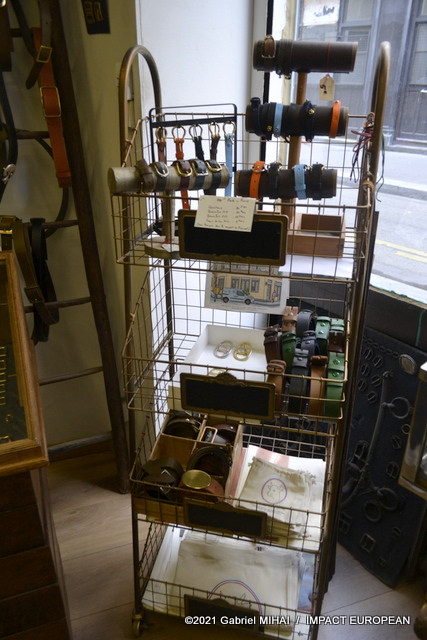

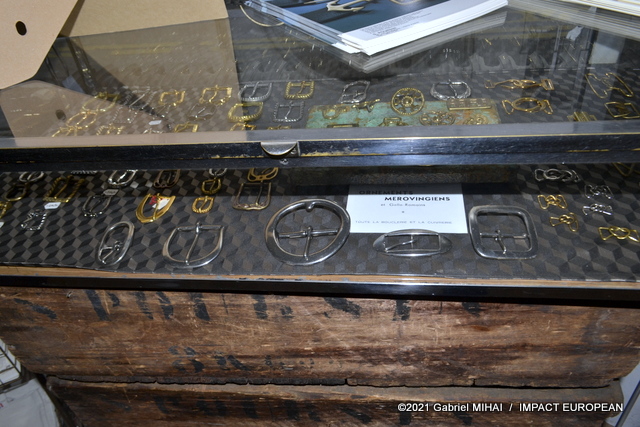
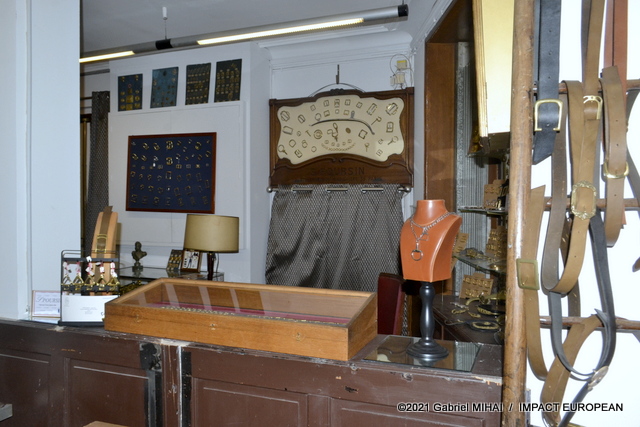
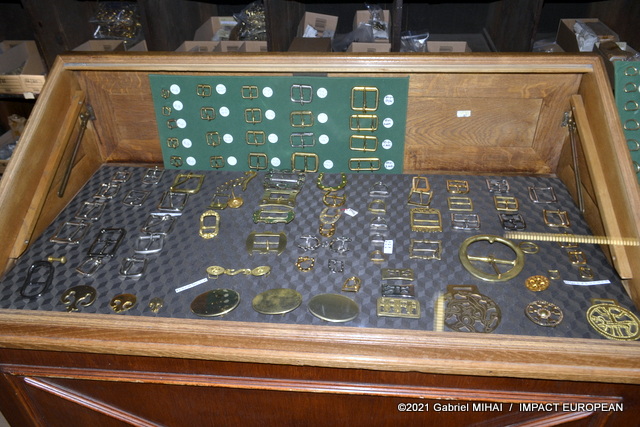
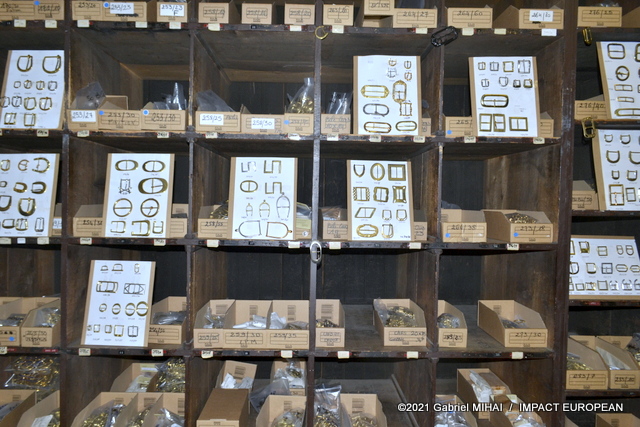
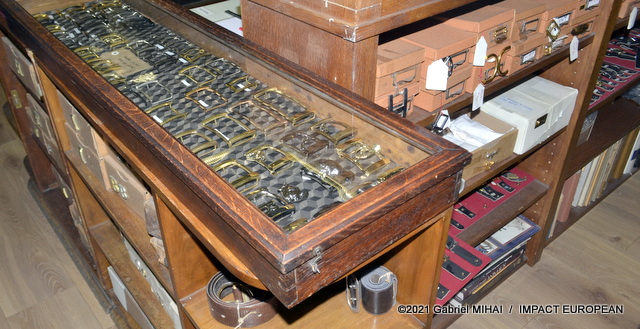
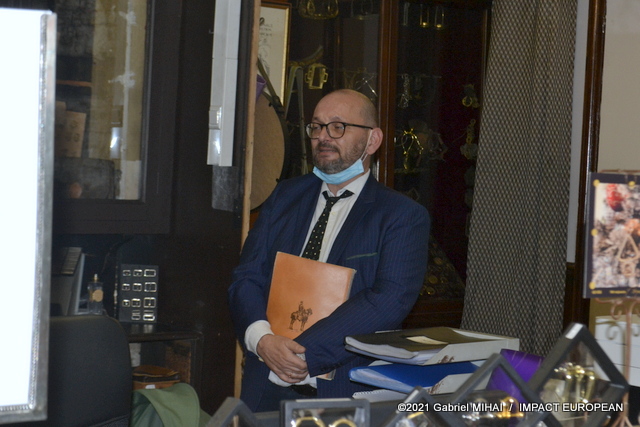
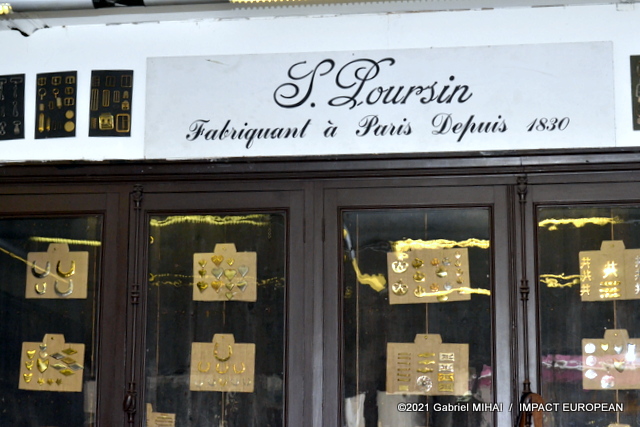
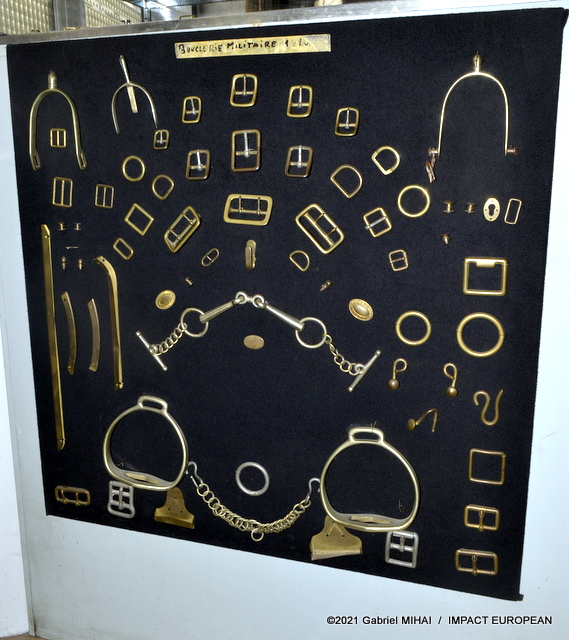
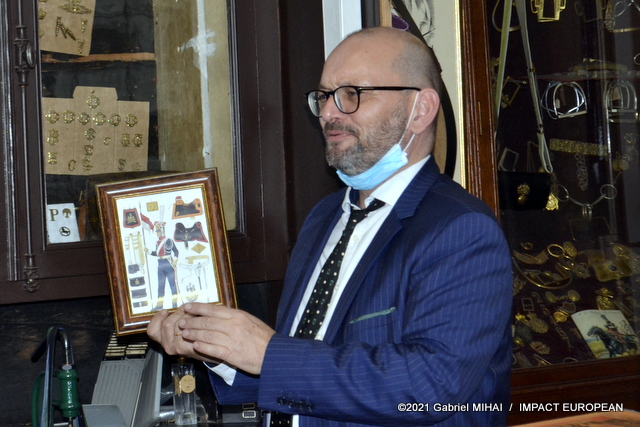

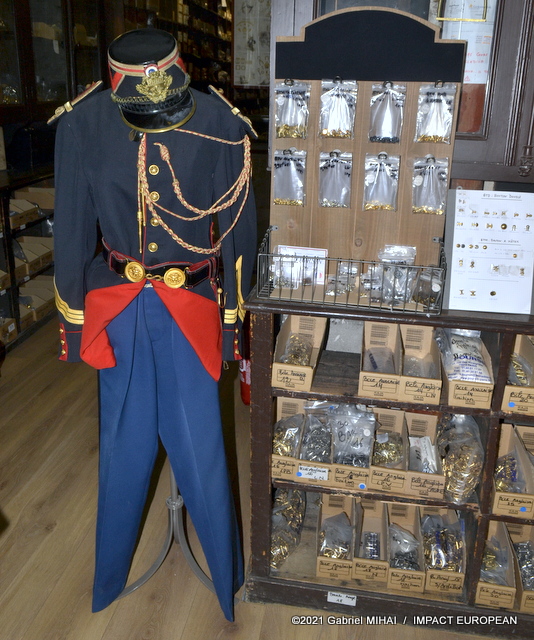
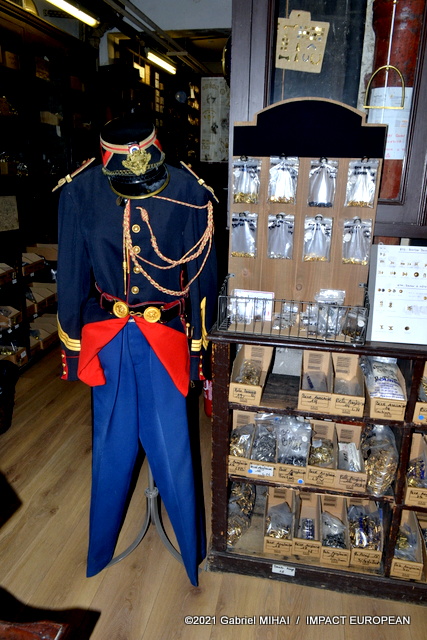
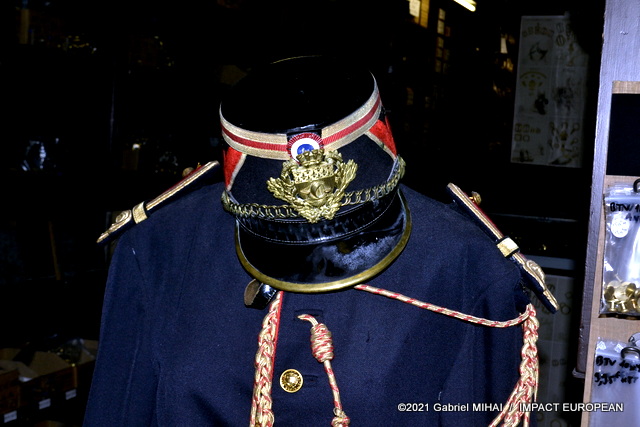
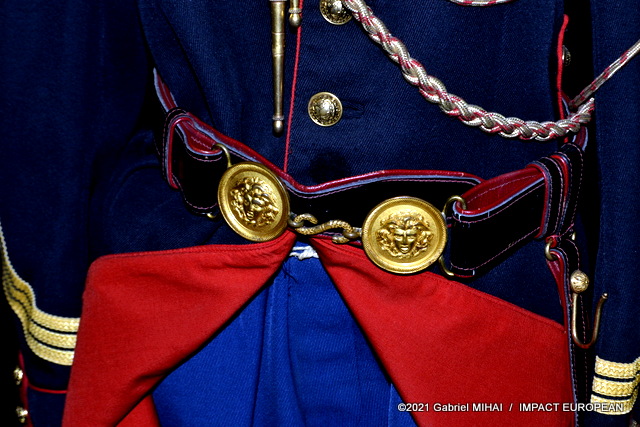
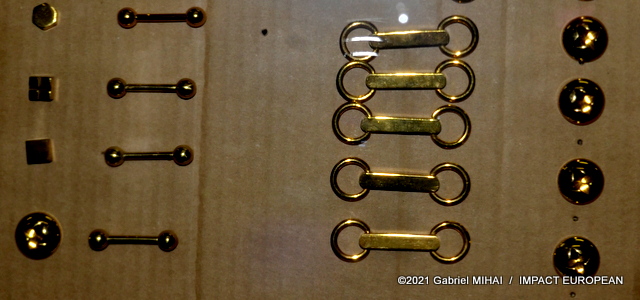
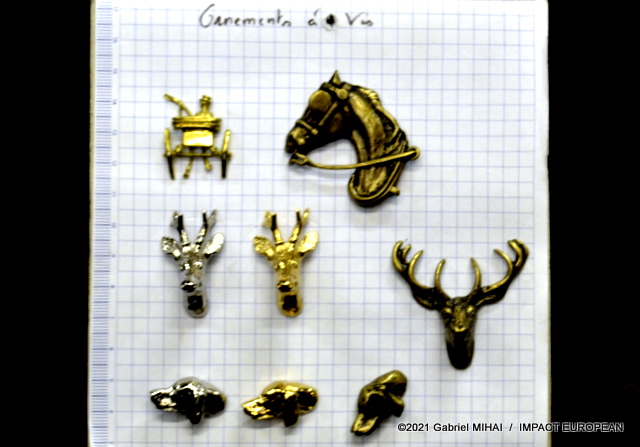
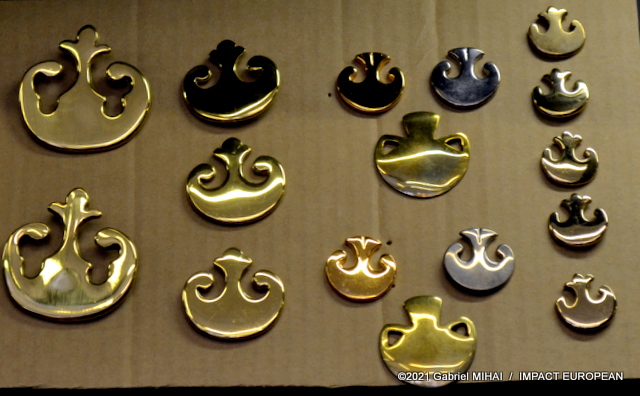
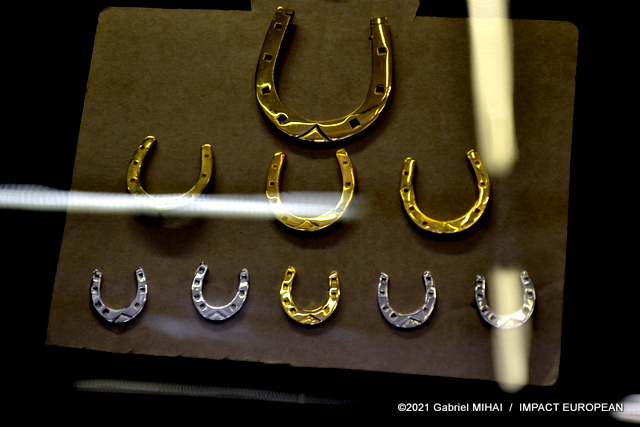
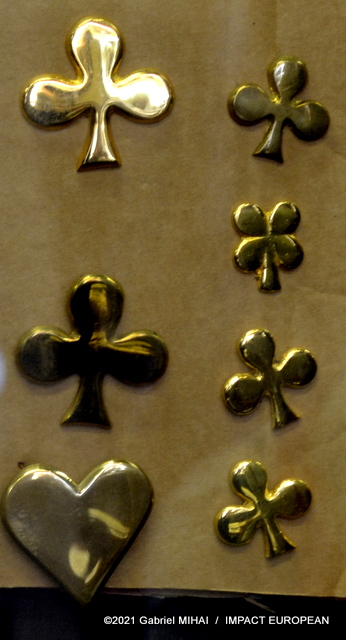
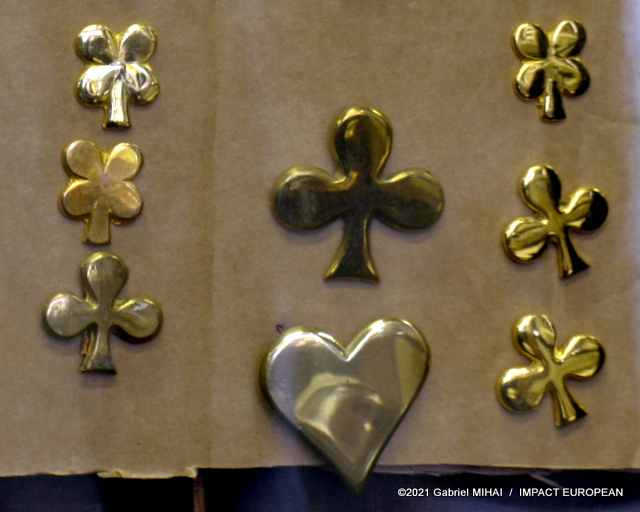
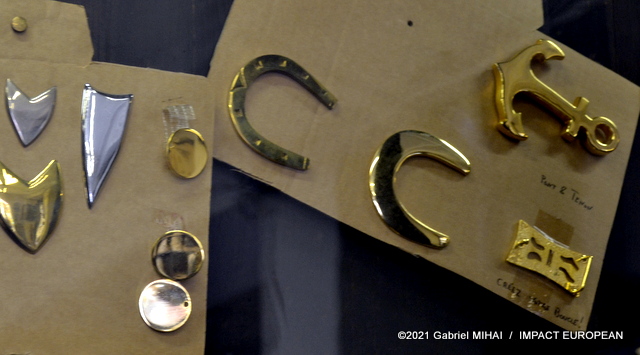
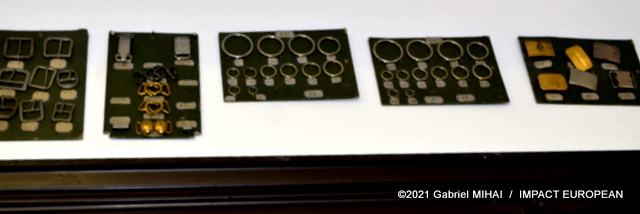
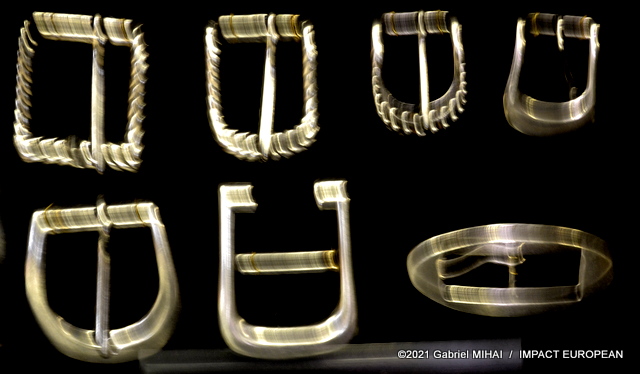
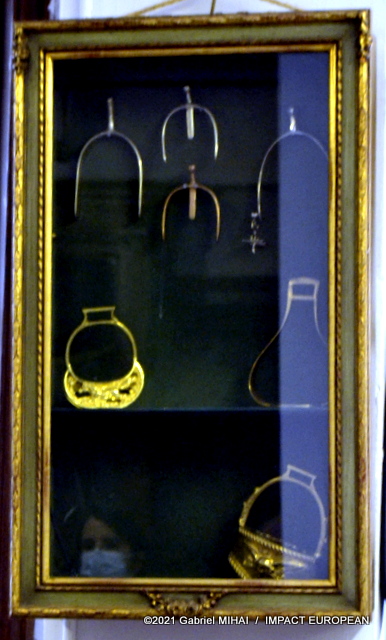
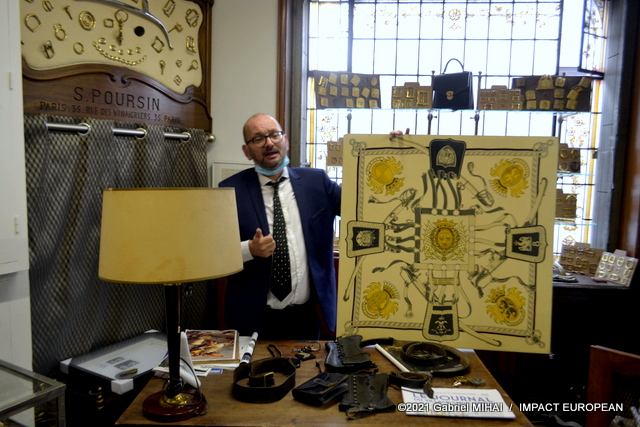
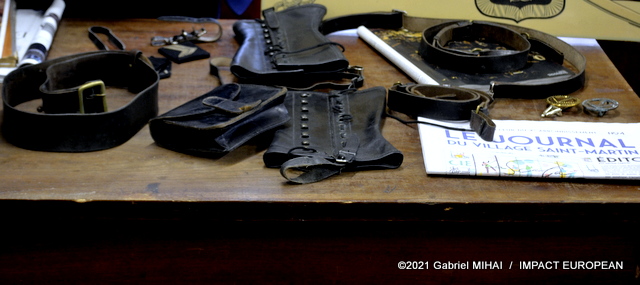
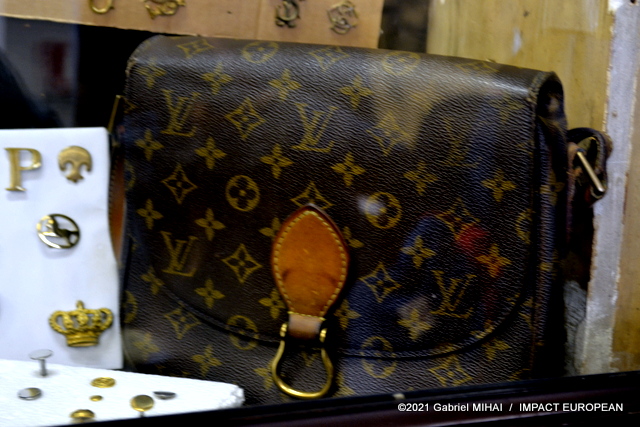

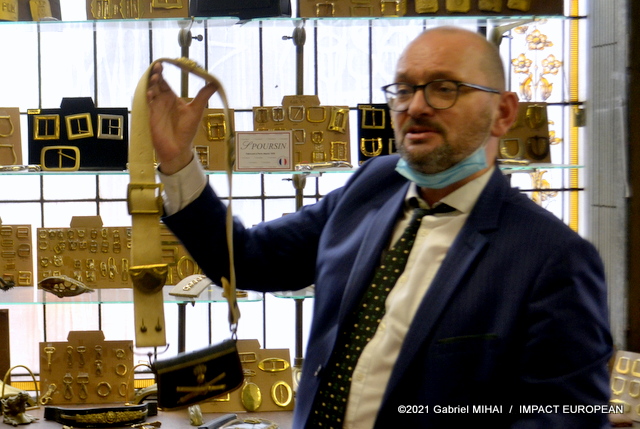
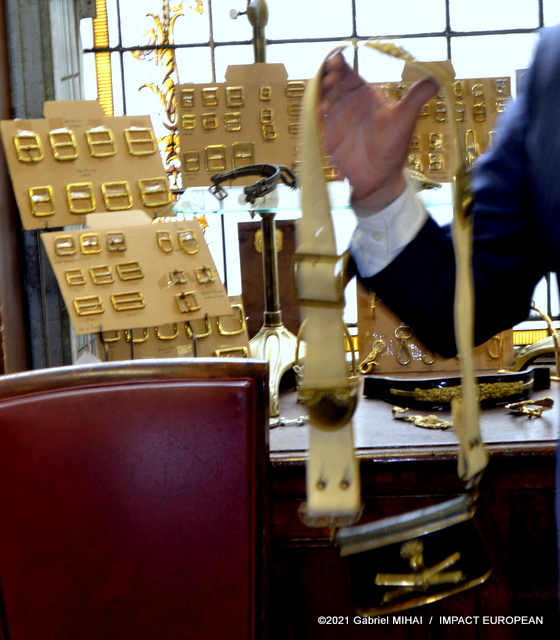
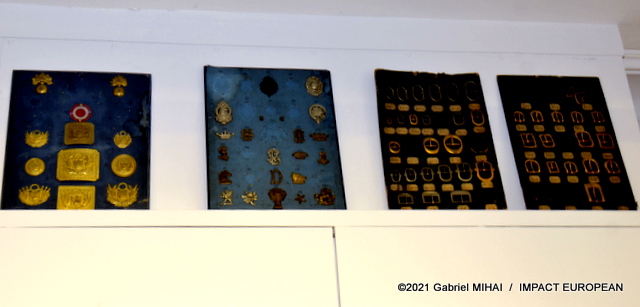
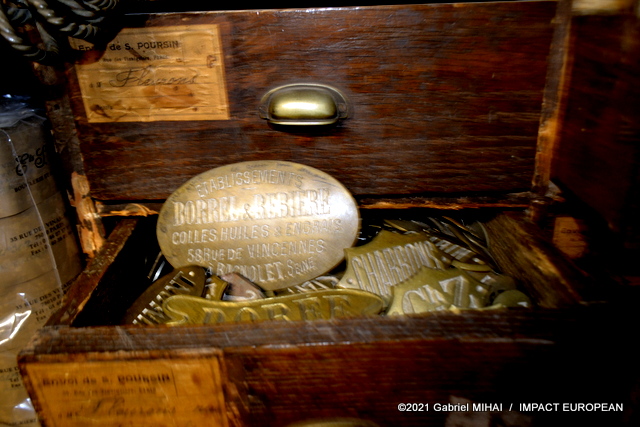
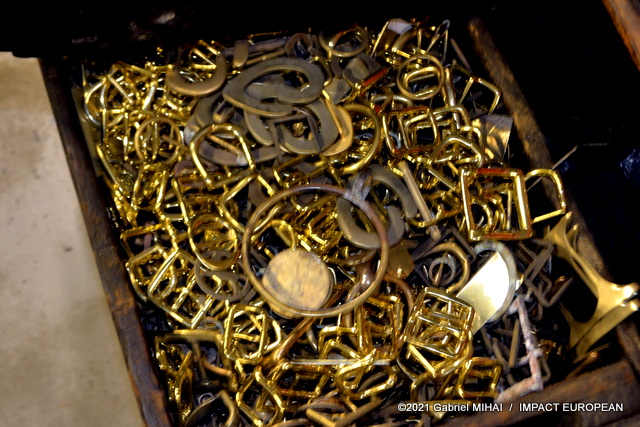
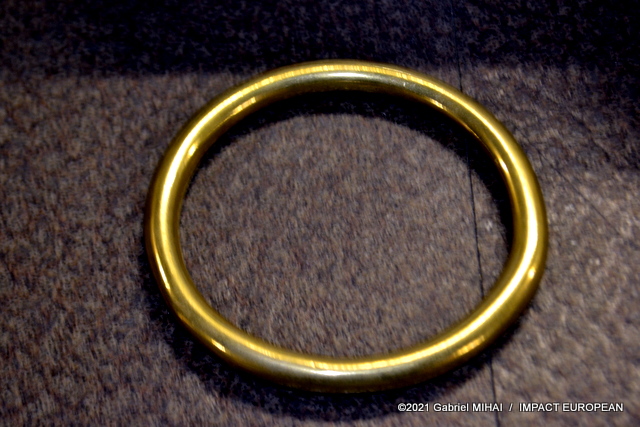
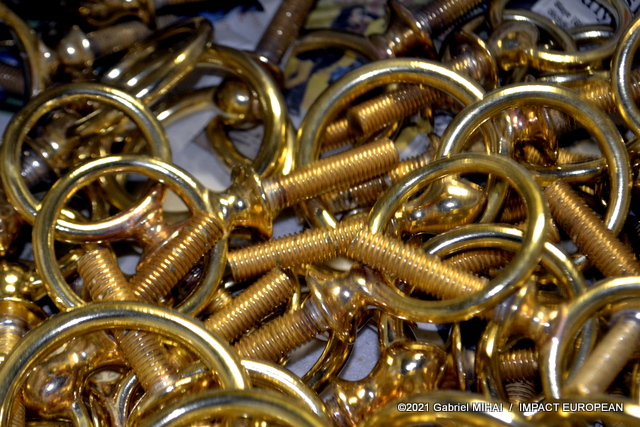
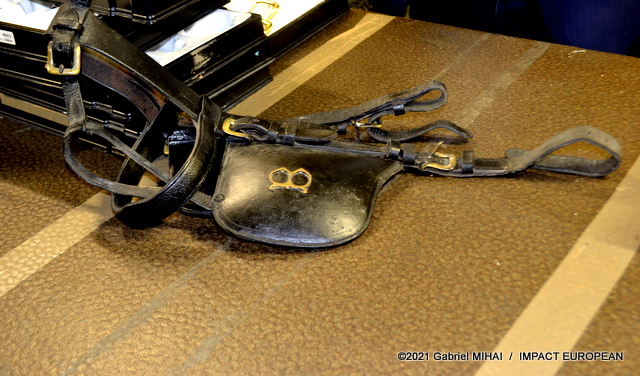
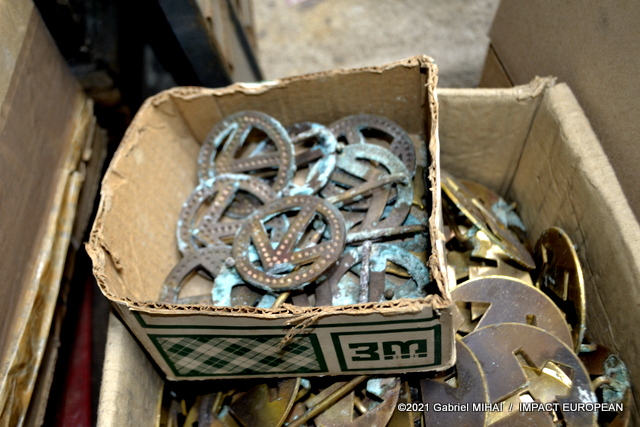
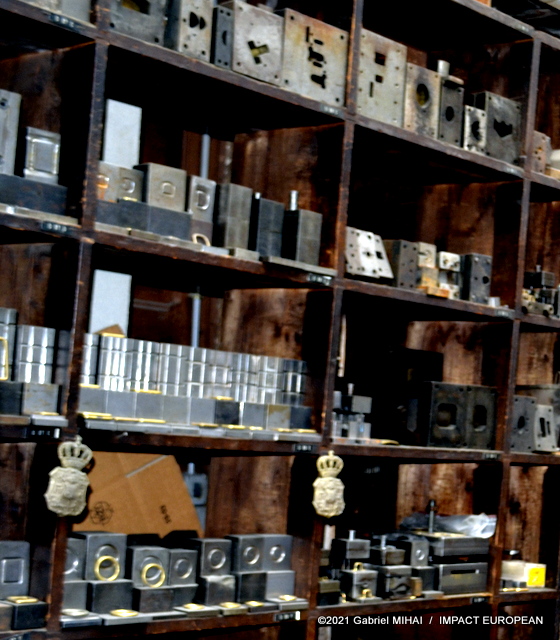
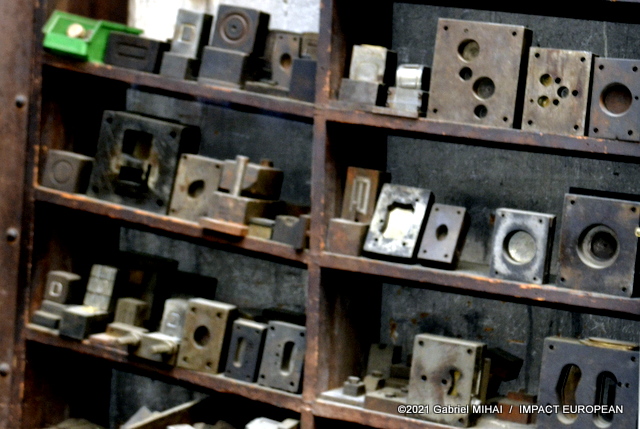
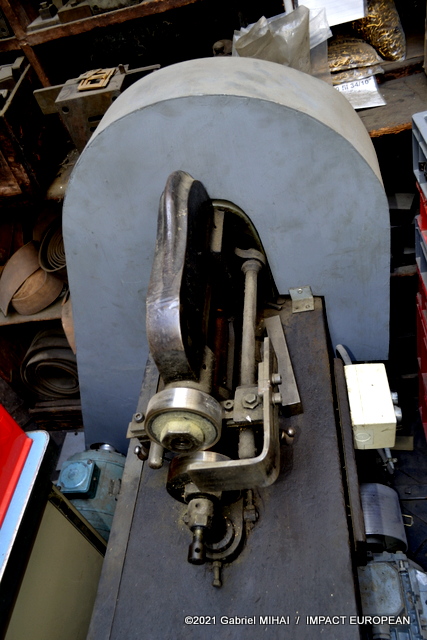
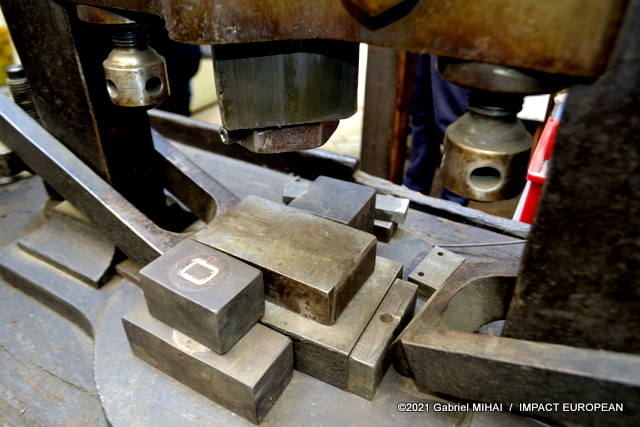
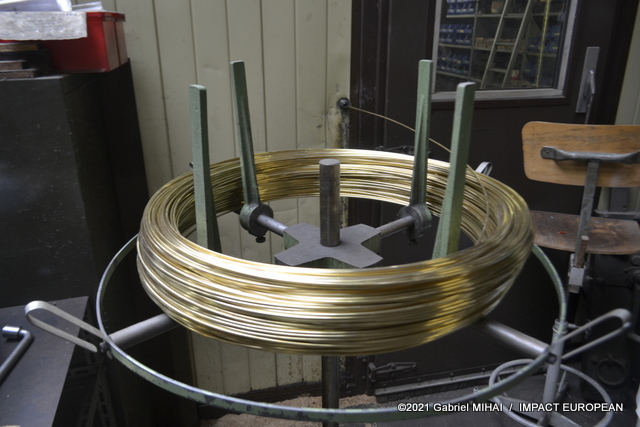
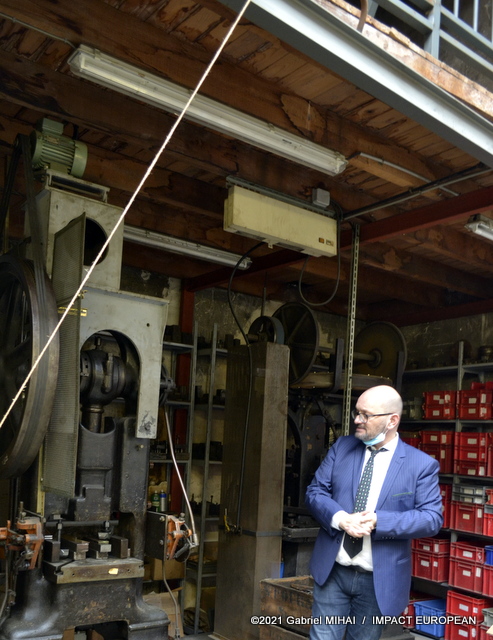

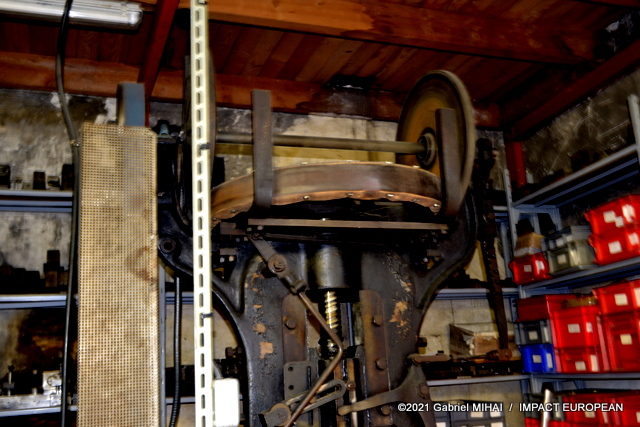

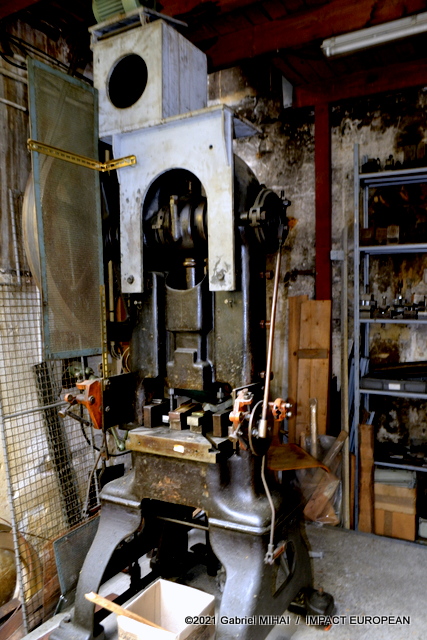
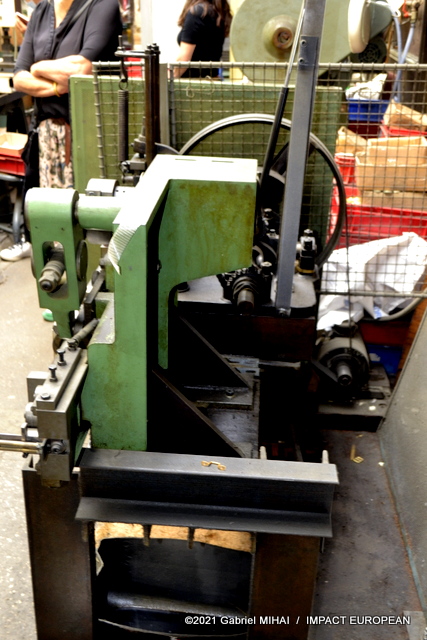
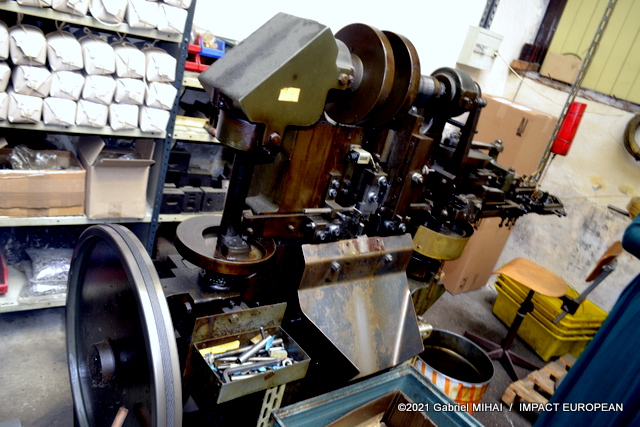
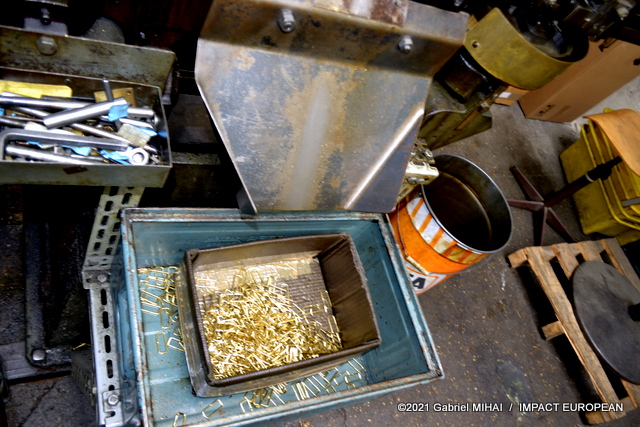
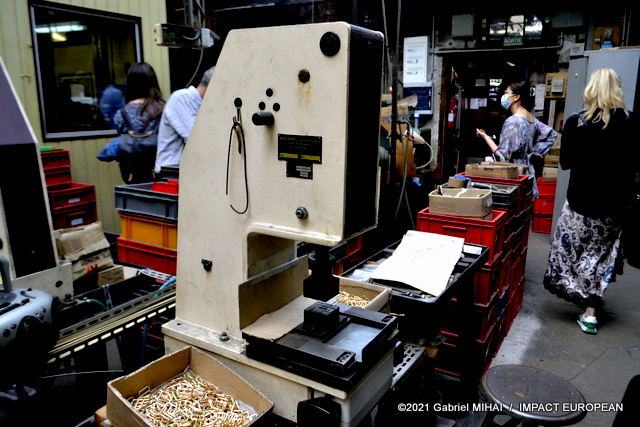
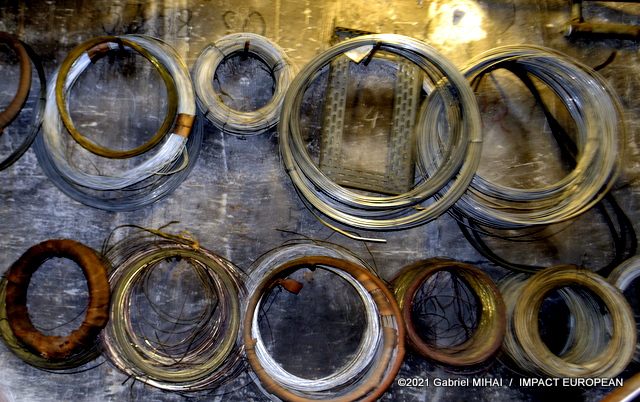
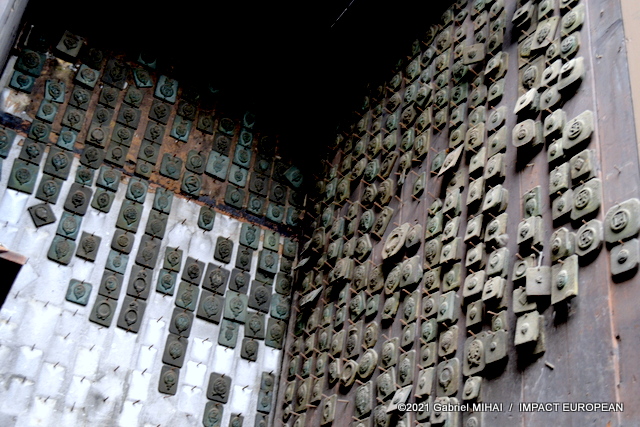
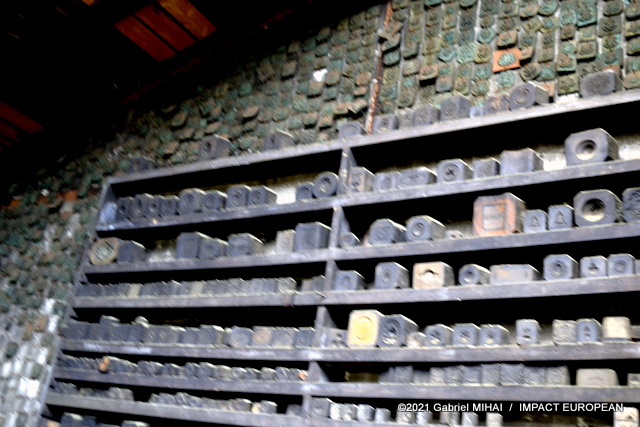
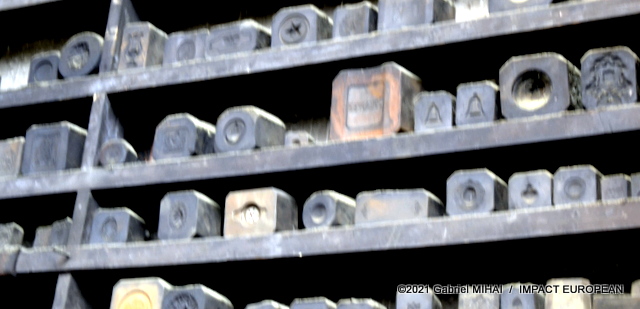
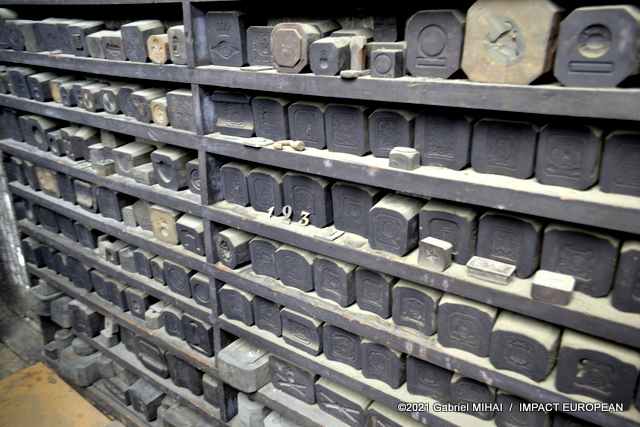
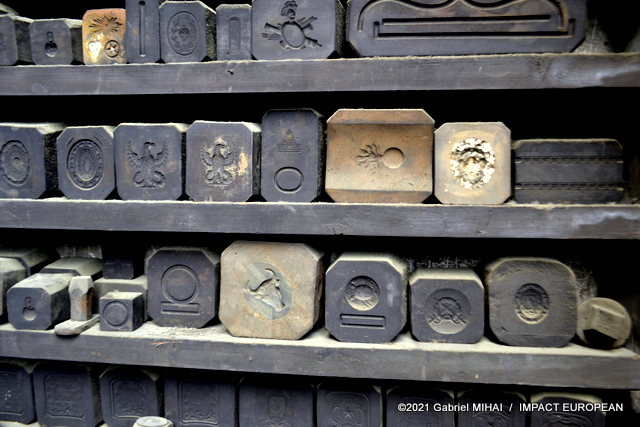
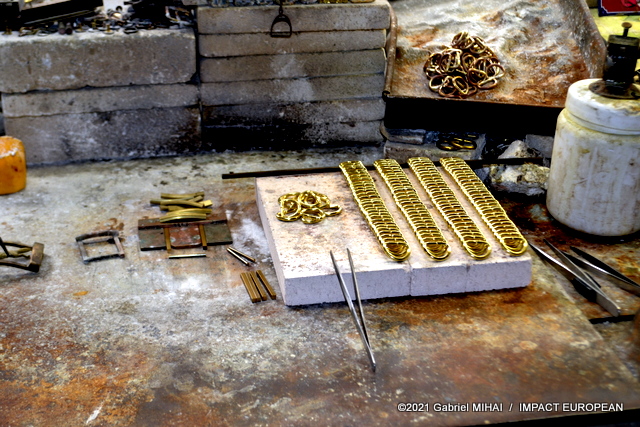

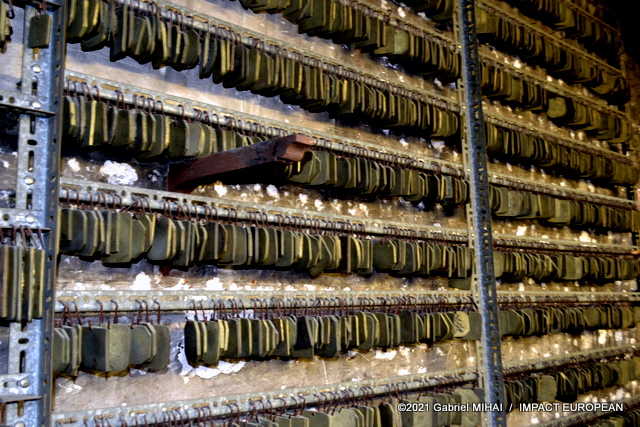
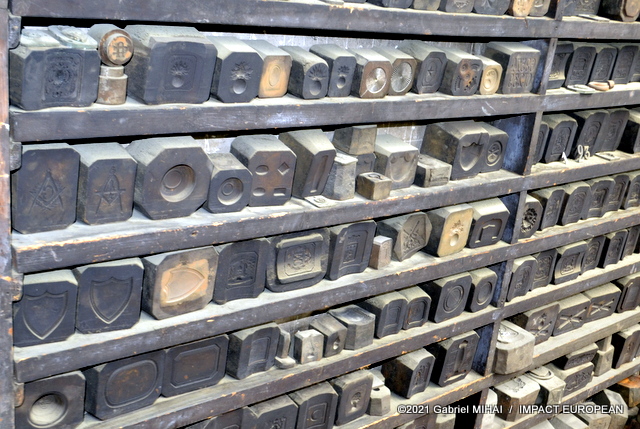
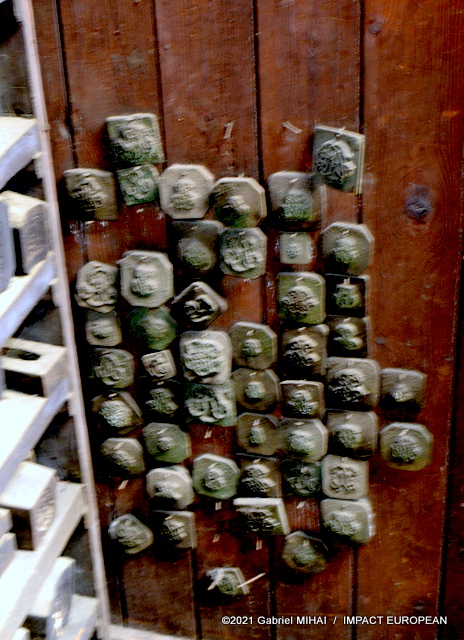
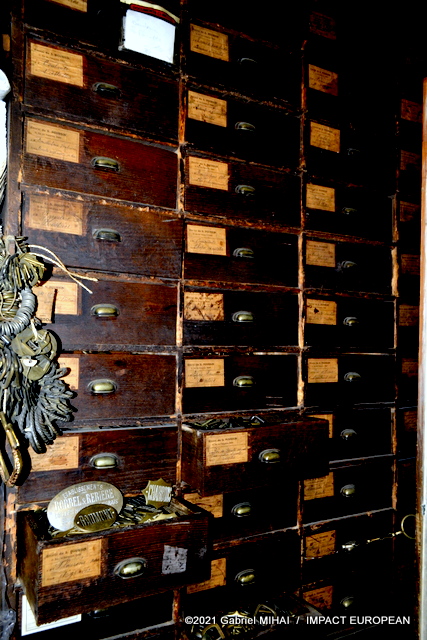
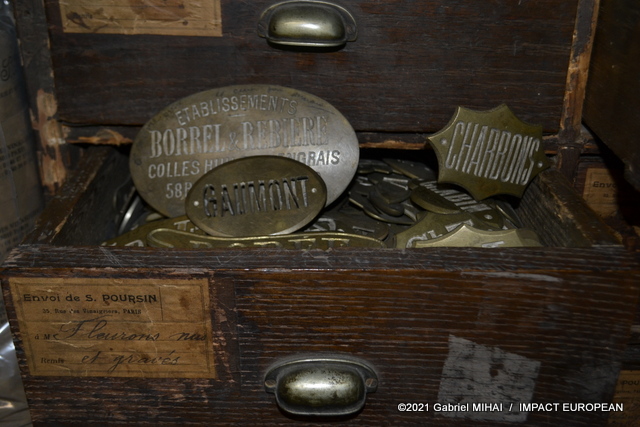
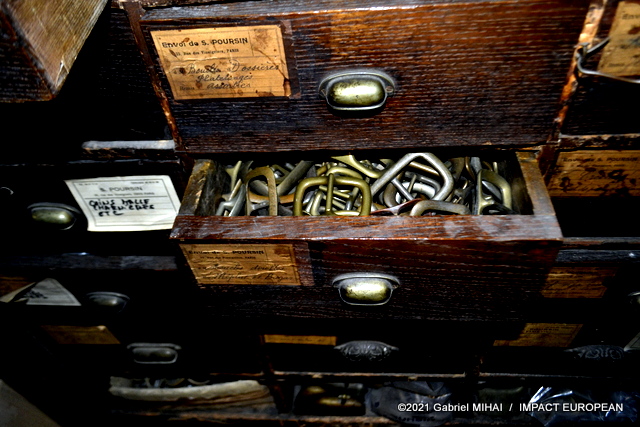
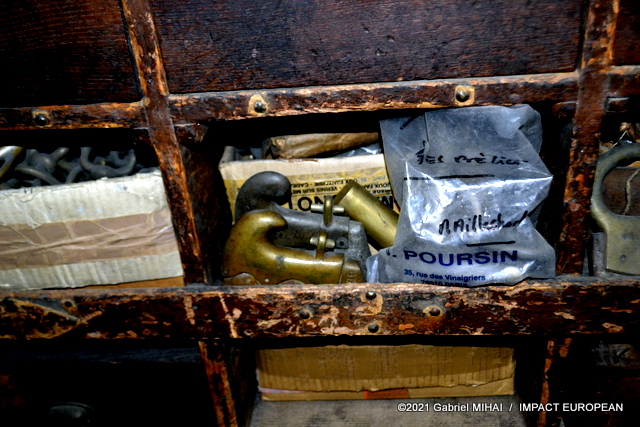
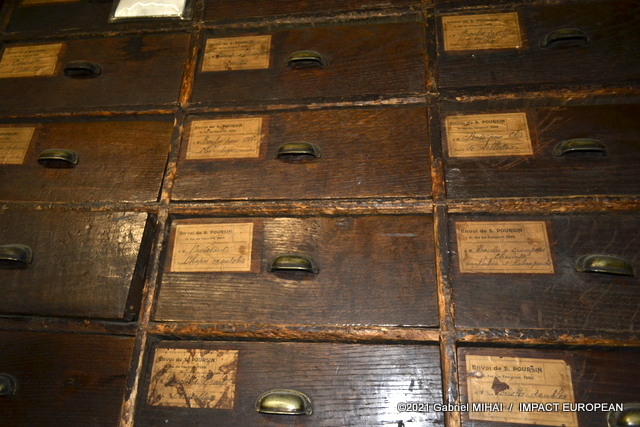
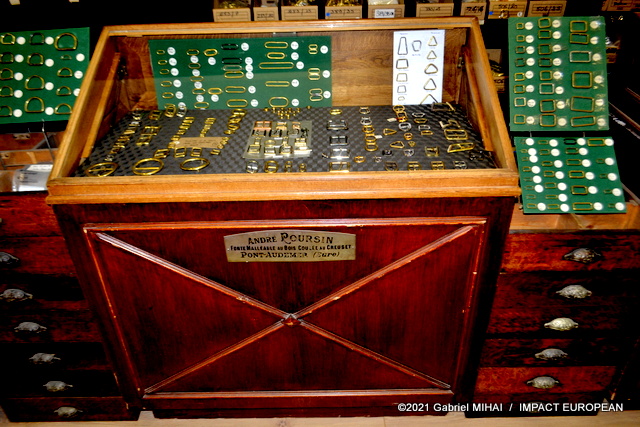
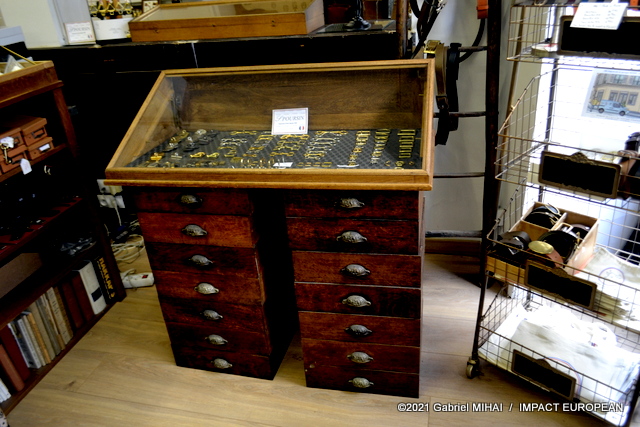
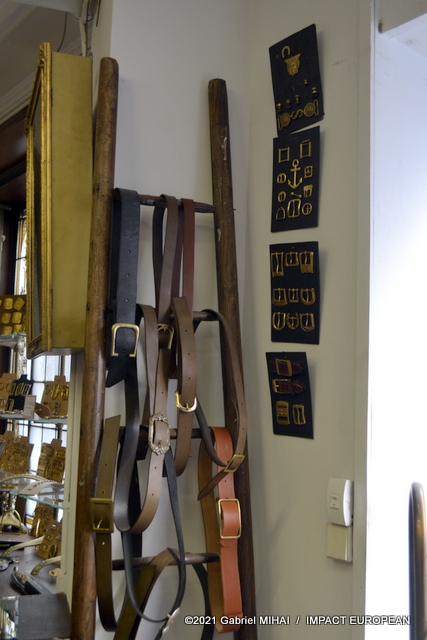
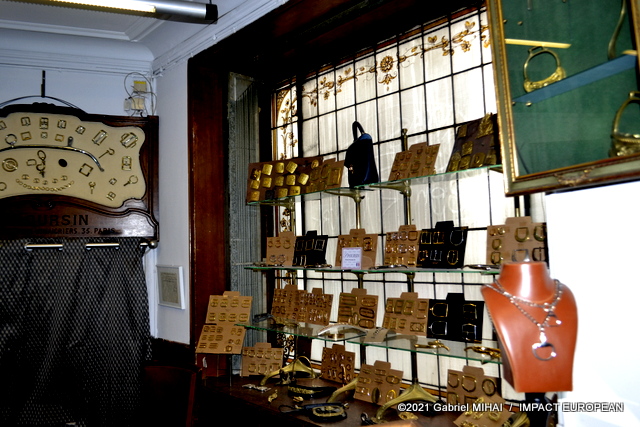
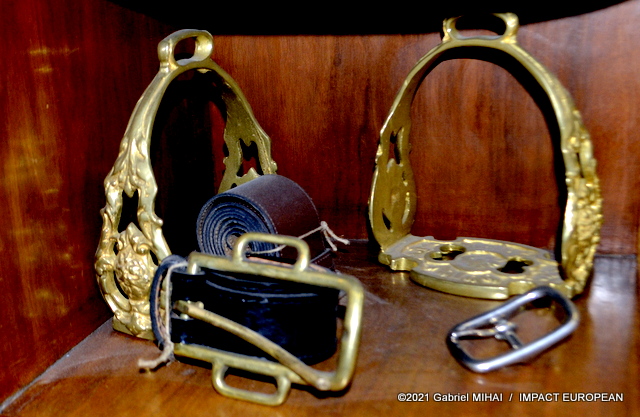
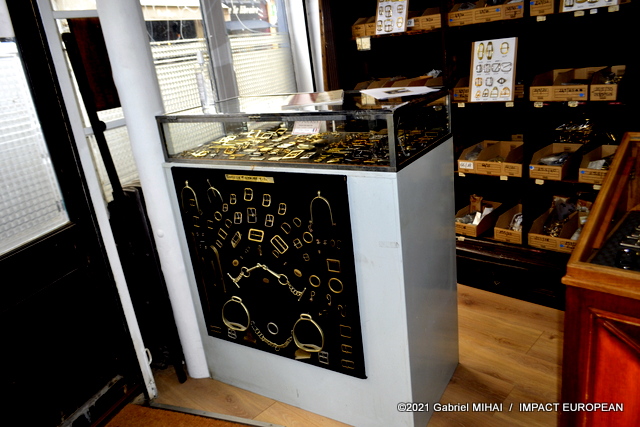
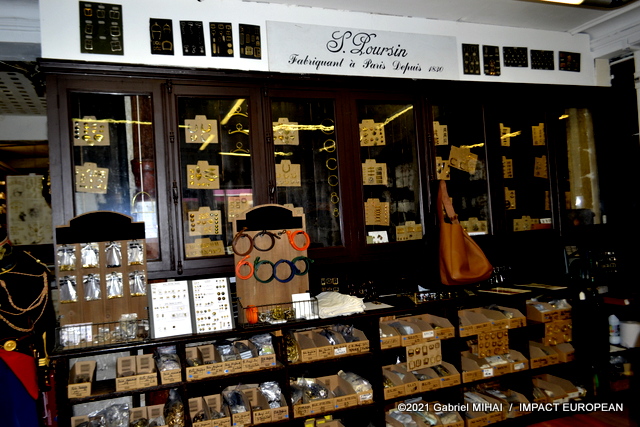
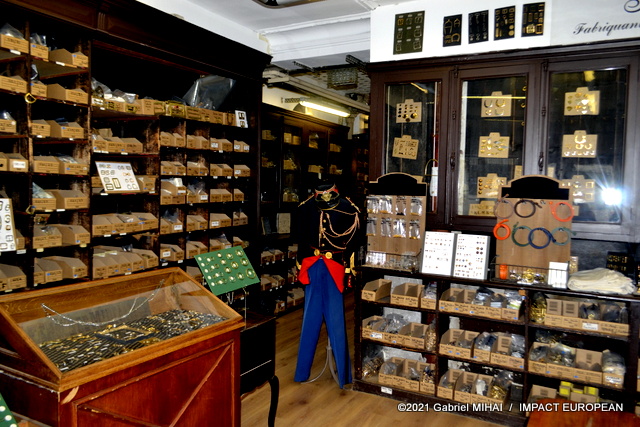
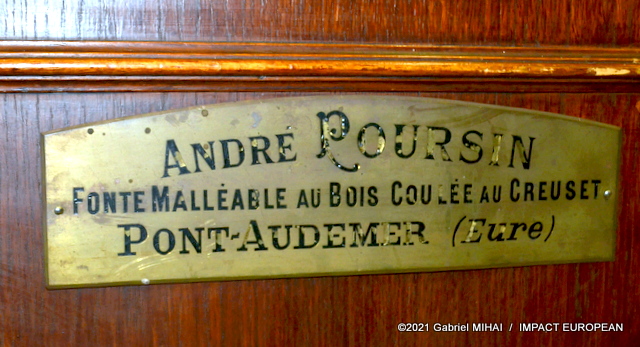
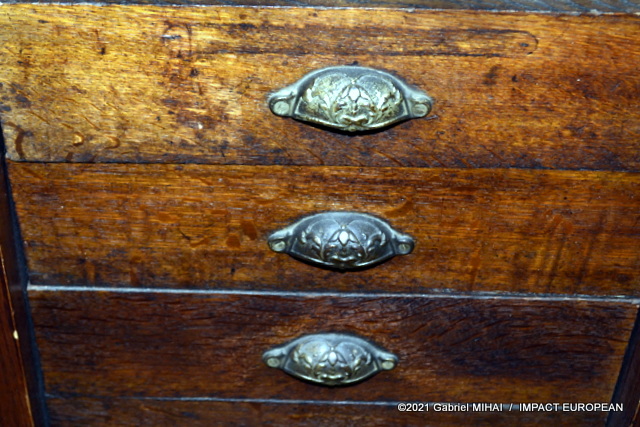
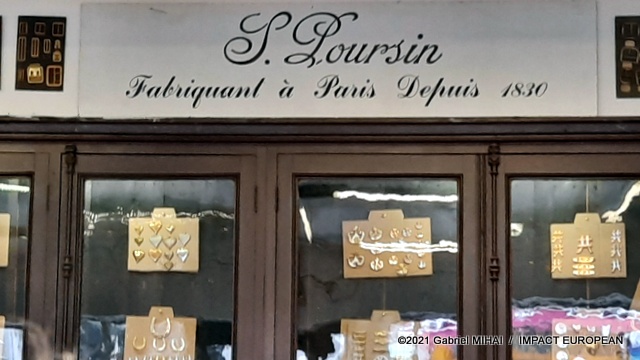
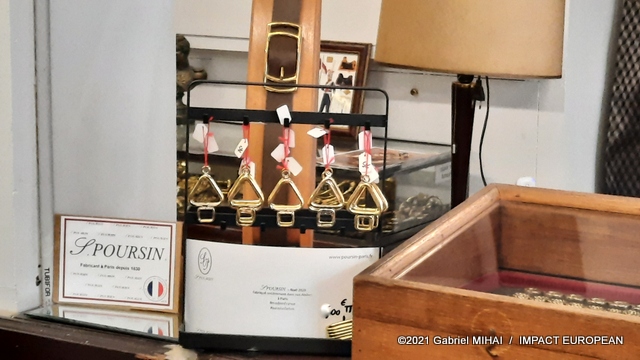
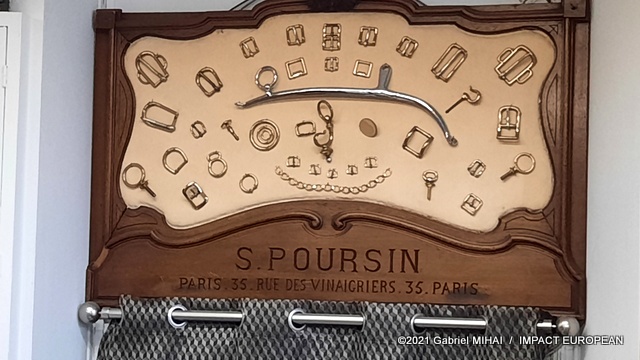
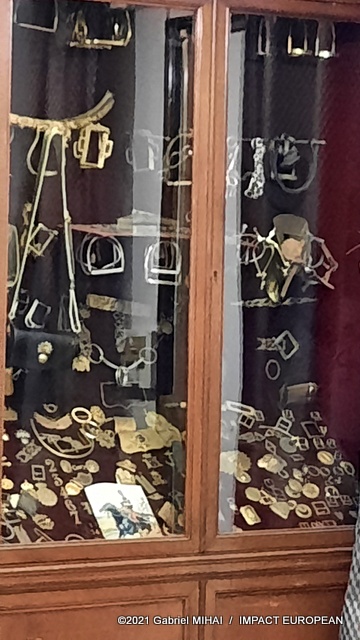
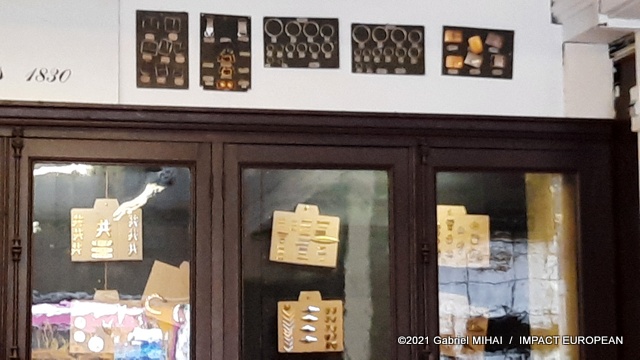
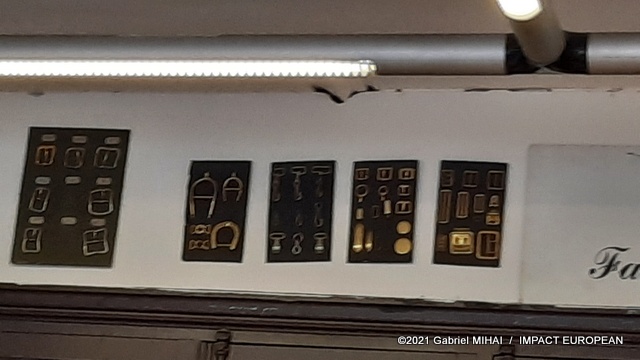

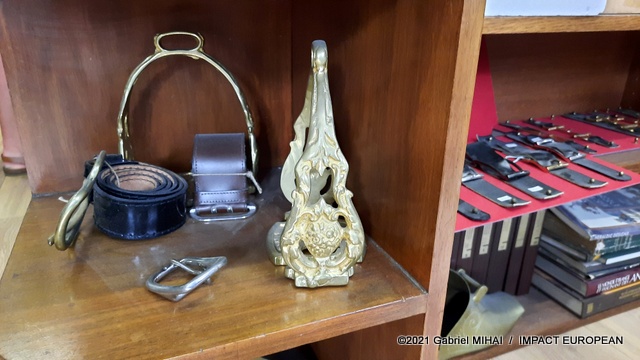
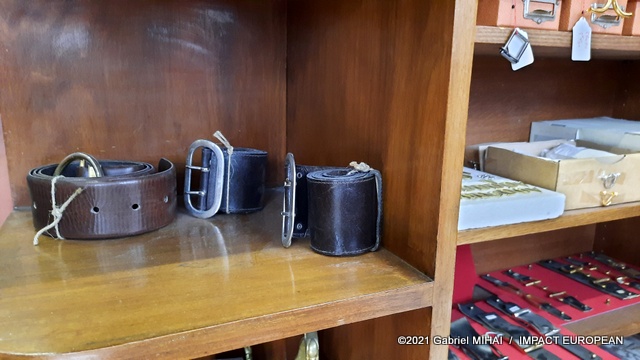
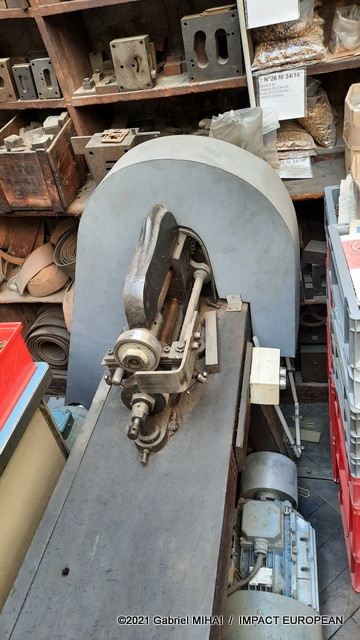
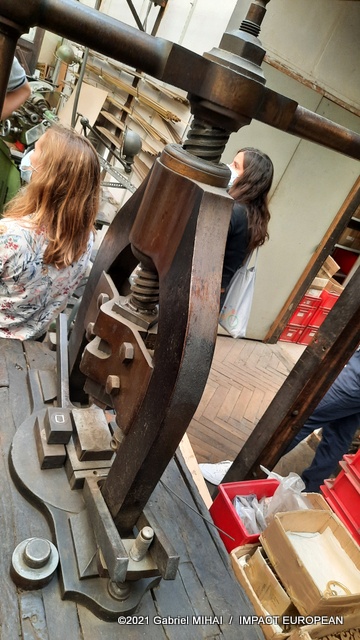

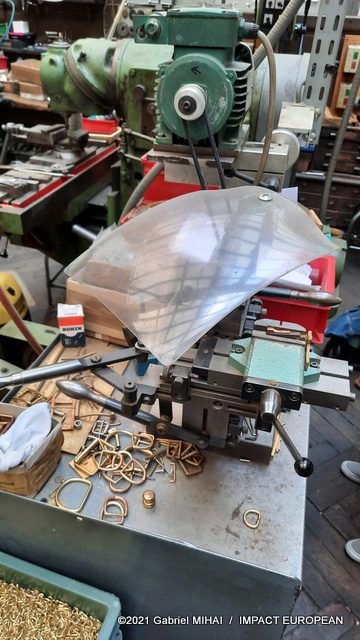
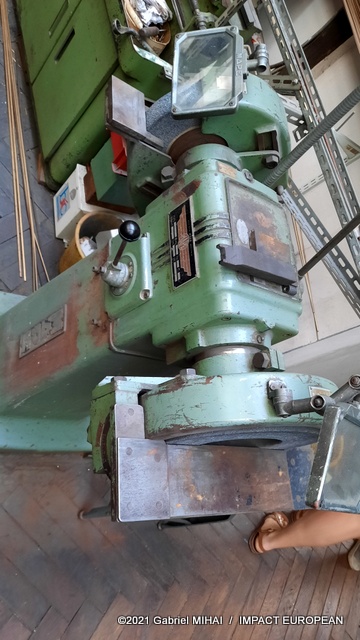
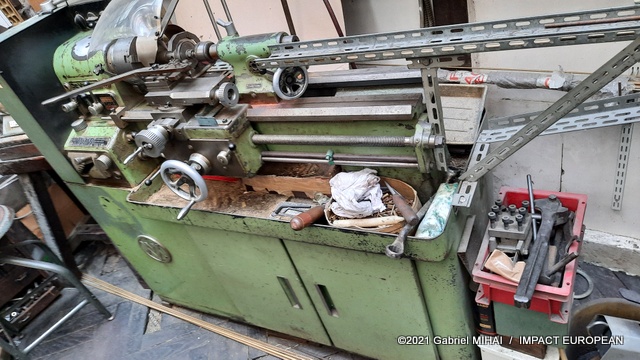
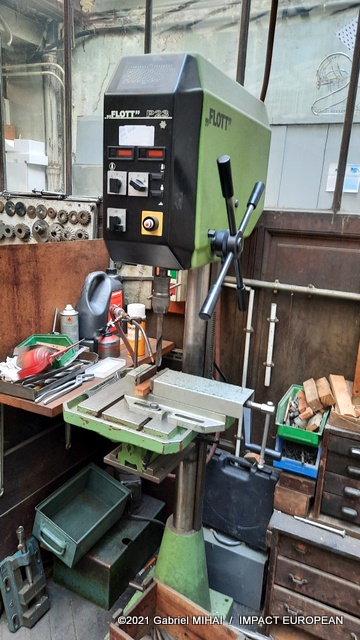

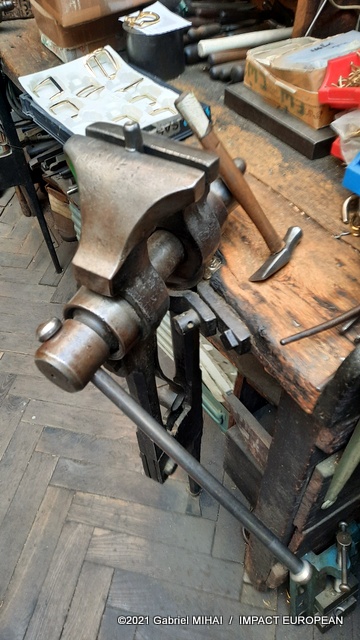


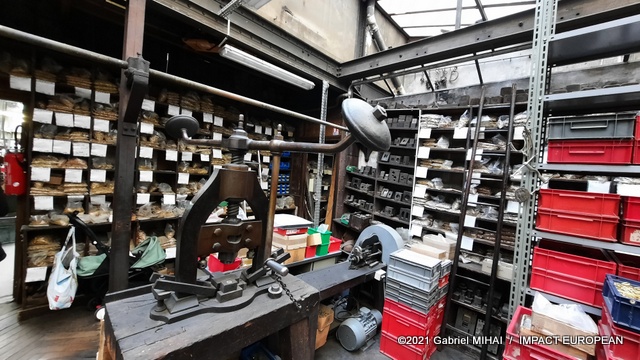

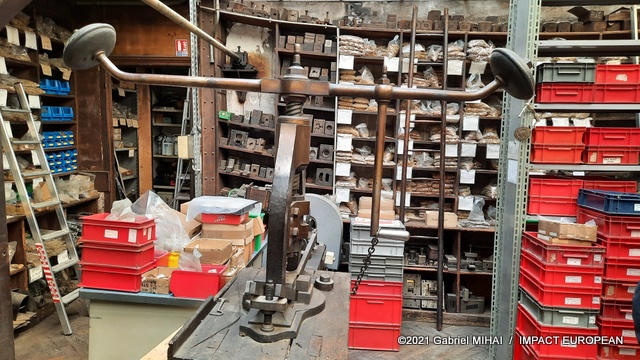
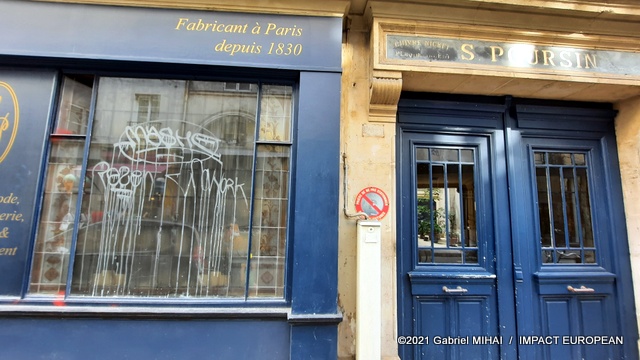
More Stories
Pope Francis died on Easter Monday
The 9th Merville Arts Festival and the winners
Grand Vidé of the Paris Tropical Carnival for Mid-Lent